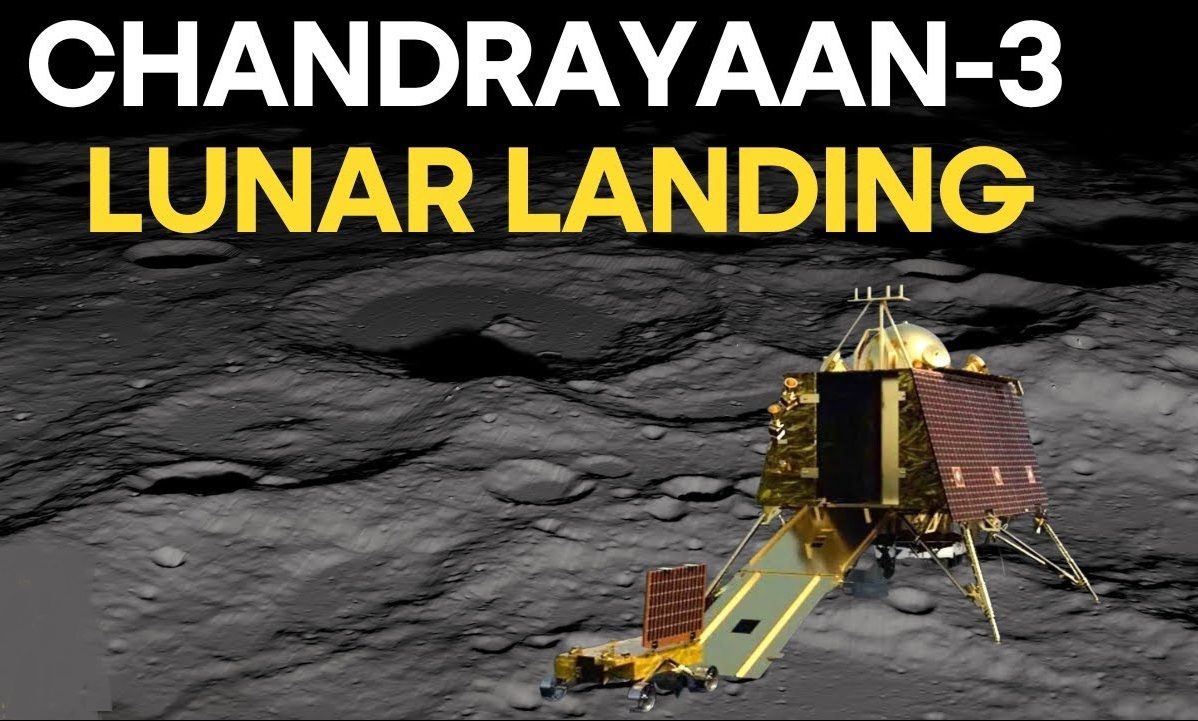
Sulphur found on the moon by the rover Pragian 2023
Following the release of data from a temperature-profiling instrument aimed at studying the lunar surface, the Indian Space Research Organisation (ISRO) has announced a significant breakthrough. Another instrument aboard Chandrayaan-3, the lunar mission, has identified the presence of various elements on the Moon’s surface. Of note is the discovery of Sulphur, a crucial finding as direct evidence of its existence had previously been elusive. The accomplishment comes courtesy of the Laser-Induced Breakdown Spectroscopy (LIBS) instrument housed within the Chandrayaan-3 Rover. Through this tool, a pioneering instance of in-situ measurements has been achieved, detailing the elemental composition of the lunar surface in the vicinity of the South Pole. ISRO expressed its satisfaction, stating, “These in-situ measurements confirm the presence of Sulphur (S) in the region unambiguously, something that was not feasible by the instruments onboard the orbiters.” Initial analysis has further unveiled the presence of Aluminium (Al), Calcium (Ca), Iron (Fe), Chromium (Cr), and Titanium (Ti) on the Moon’s surface. Additionally, subsequent measurements have exposed the existence of Manganese (Mn), Silicon (Si), and Oxygen (O). An ongoing comprehensive investigation aims to ascertain the presence of Hydrogen. The Chandrayaan-3 mission centres on acquiring insights into the presence and prevalence of diverse elements on the lunar surface. This objective is pursued through the concerted efforts of multiple instruments. The LIBS tool, crafted by ISRO’s Laboratory for Electro-Optics Systems (LEOS), employs a high-energy pulsar to generate plasma from rocks or soil. In this plasma state, elements emit distinct wavelengths of radiation, allowing for their precise identification. With this achievement, ISRO’s Chandrayaan-3 mission takes a notable stride towards enhancing our understanding of the Moon’s composition and characteristics, shedding light on its geological history and evolution.







